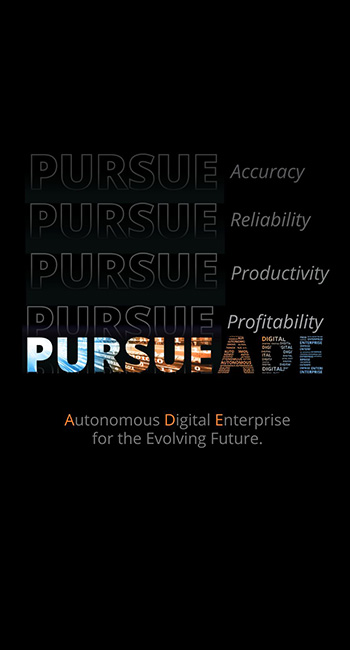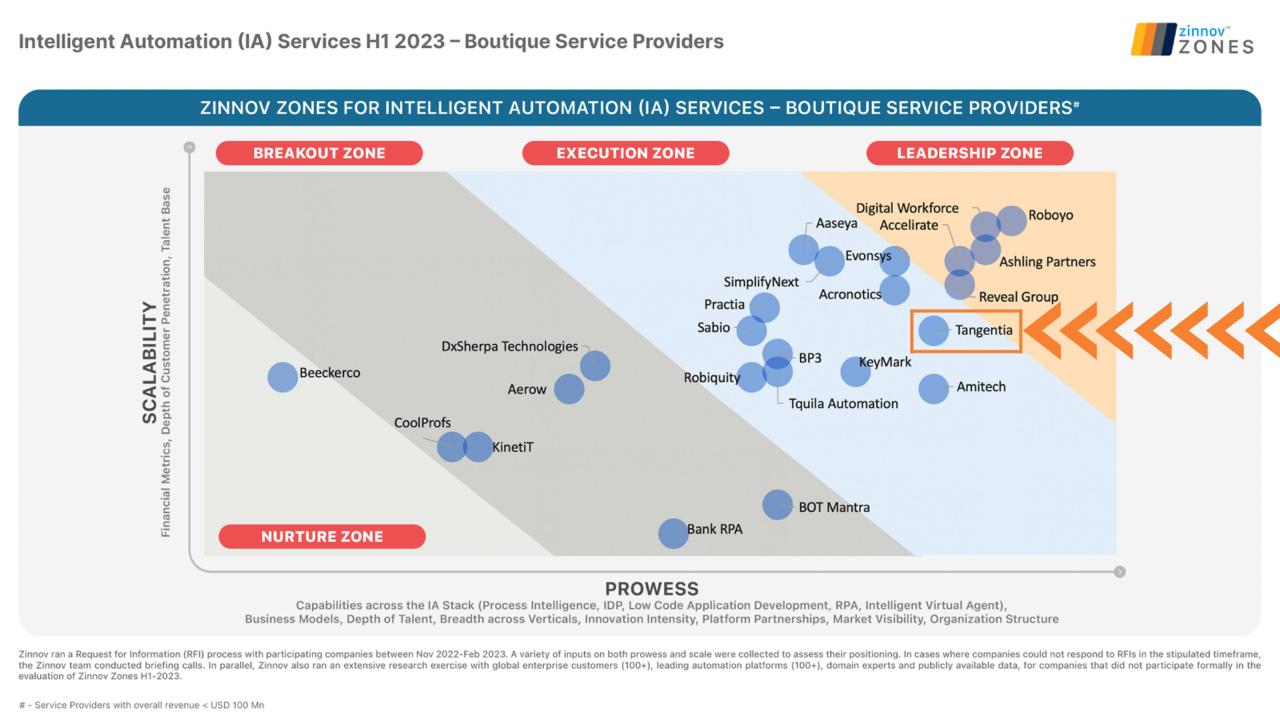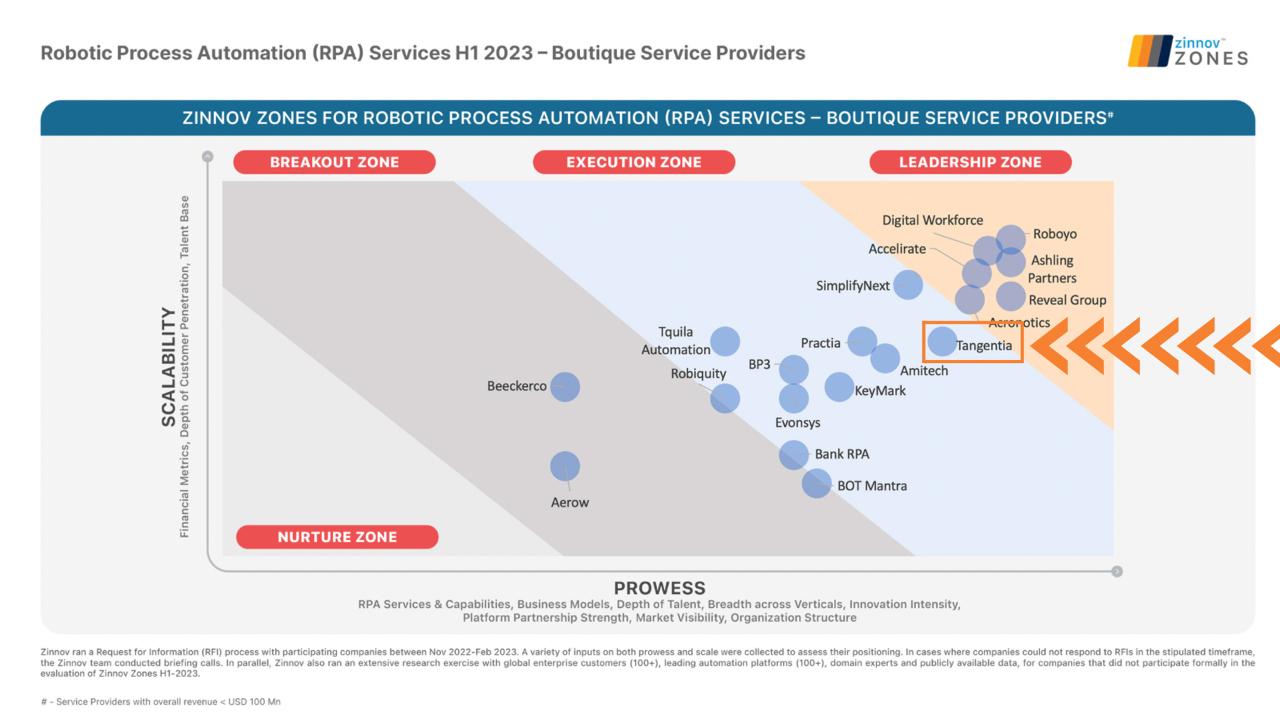We live in a world in which applications are the doorway that connects customers, suppliers, and other key players to your business. This makes the ability to build high-quality applications quickly and easily a must. OutSystems has created a no-code application-building platform that makes it possible to rapidly build essential applications to power your business.
High-performance low-code allows you to create sophisticated, strategic, and vital internal and consumer applications. As you transition from a department app to an enterprise-wide programme, it has no restrictions when it comes to offering end-to-end application development and upgrades. There are no additional licensing requirements, no scalability problems, and no data “do-overs” for updates. We describe high-performance low-code in this blog post, along with four features that set it apart from existing low-code platforms.
The benefits of high-performance low-code for you
Today's applications are difficult to create by hand and can take months or even years. Low-code reduces that time to weeks, which enables IT teams to build applications with little to no manual coding.
So how widespread is low-code? Let's examine the marketplace. AI Multiple discovered 223 suppliers who provide low-code in January 2023. What a bewildering variety of vendors there are. By reducing the number of low-code providers to 17 in its 2023 Gartner® Magic QuadrantTM and Critical Capabilities study, Gartner has done the market a favour. However, picking a low-code vendor might still be challenging because many of them resemble one another. It all depends on the skills you need to acquire.
You don't need to slog through the lengthy list if you want to employ low-code to create an application that is essential to the success of your company, frontend, backend, automation, and all. High-performance low-code consumer apps, sophisticated process automation, ERP, CRM, and other tools can handle it all. Irrespective of their size or scope, low-code offers everything you need to construct apps quickly, precisely, and consistently. High-performance low-code dramatically speeds up development, encourages top-tier CI/CD, and enables teams to quickly produce complex, one-of-a-kind programmes.
Its four key traits that set it apart from the competition are:
1. Superpower
Full-stack development's power is offered by high-performance low-code without its drawbacks. Without being constrained by technology, giving up control of the code, or wasting time, your team may create apps. Specialized AI-powered tools assure architectural soundness, spot vulnerabilities, and eliminate bottlenecks.
High-performance low-code gives new developers the tools they need to build automation, frontends, backends, and user interfaces while enabling them to become cloud-native powerhouses without having to pick up new skills.
Professionals can focus on the development that requires their special touch and years of experience, and they can even use custom code to expand what they create. They write connections themselves or use open-source ones to create programmes that seamlessly link with current systems.
High-performance low-code also offers the ability to speed up the entire software development lifecycle through the intelligent use of automation and AI. It provides your team with an AI-based coding expert that guides them through difficult builds in real-time and relieves them of tedious work.
Your code must adhere to strict architectural standards, which are ensured by an AI-based business architect who is always on call. Automated visual debugging and merging can triage differences brought about by developers working on the same module, pause execution at breakpoints, and run logic step-by-step to detect mistakes.
2. Extreme agility
Very agile is high-performance low-code. It gives you the tools you need to create internal apps, portals, and core systems—as well as pixel-perfect, strong, responsive, and AI-driven consumer applications and experiences—and update them as soon as necessary.
Accessible through a development environment or a central repository, reusable modules, connectors, and UI components hasten the delivery of applications. When the market and business require a significant change quickly, it is simple to drop them into apps, saving hours of busy work.
In that it doesn't restrict you to particular tools, settings, operating systems, or interpretation models, high-performance low-code is also agile. For instance, high-performance low-code gives you the option to interact with existing DevOps tools rather than requiring you to utilize a proprietary solution if you currently use such tools. For development, you have a choice of on-premises, cloud-native, public, and private clouds.
Instead of using emulators, your developers can use an IDE designed for Mac development if that is their preferred platform.
They can use a cloud-native runtime that includes Kubernetes, Linux containers, and contemporary cloud services for data, networking, authentication, provisioning, and more if they want to become top-tier cloud-native developers without having to put in any of the effort required to set up cloud architecture or learn serverless development.
3. Security at the Marsec level
To ensure that you never have to worry about cloud crashes or data loss, high-performance low-code takes protecting what you construct to the highest degree.
Although many low-code platforms incorporate security into the process of creating apps, high-performance low-code provides source code that can be checked for flaws and bugs. That kind of protection is not provided by low-code systems that create programmes by reading models.
The platform's high-performance low-code security features 500 validations from design to runtime to guarantee that anything you create with it is secure from the start. Your apps receive automatic updates with fixes for DDOS, newly discovered code vulnerabilities, mobile threats, and other safeguards.
You can use corporate SAST solutions, which are specific to high-performance low-code, to boost assurance. In addition to offering compliance designations like SOC2, HIPAA, and others, it delivers a comprehensive governance mechanism that is appropriate for enterprise software factories.
4. Massive scale
When necessary, high-performance low-code allows you to swiftly scale up applications from departmental levels with a small number of users to ones that can support millions of simultaneous users without sacrificing speed or performance. With its cutting-edge visual, model-driven development tools and top-tier CI/CD techniques, your team becomes a factory for cloud-native innovation.
You don't even need to grow the number of applications you need to create in order to scale your app—complex, proprietary scripting is not required. With just one click, your teams can publish, and dependency analysis keeps even the biggest modifications from crashing the app or your portfolio. Code is regularly reviewed by an AI-driven performance tool, ensuring that apps consistently operate and scale at their best.
In order to uncover ways to decrease technological debt and guarantee best practices are followed, high-performance low-code also automates the scanning of a full portfolio of hundreds of apps. Built-in analytics and testing tools track user experience and spot bottlenecks. Receiving customer input directly within the apps your developers create is also advantageous to you.























































